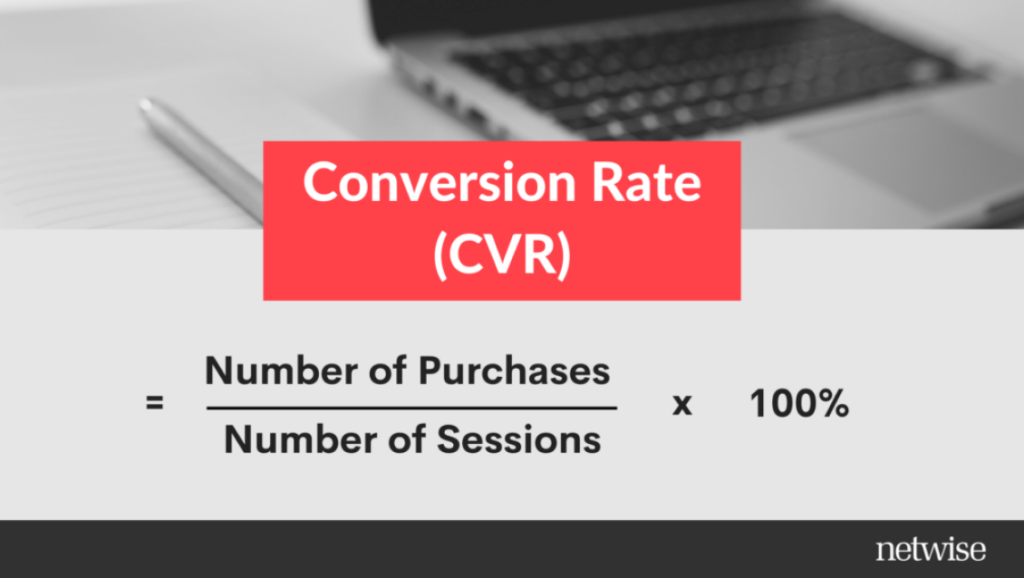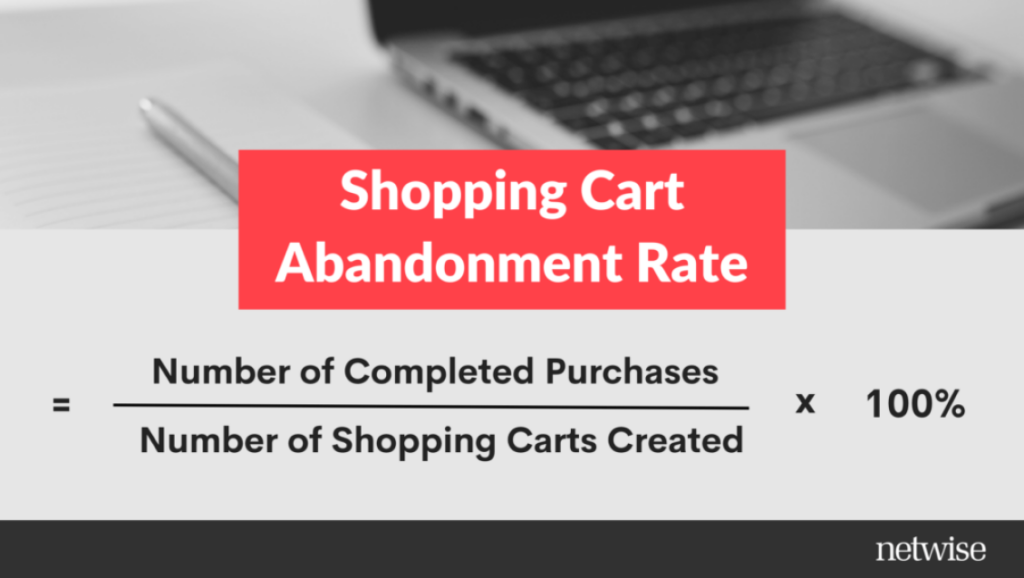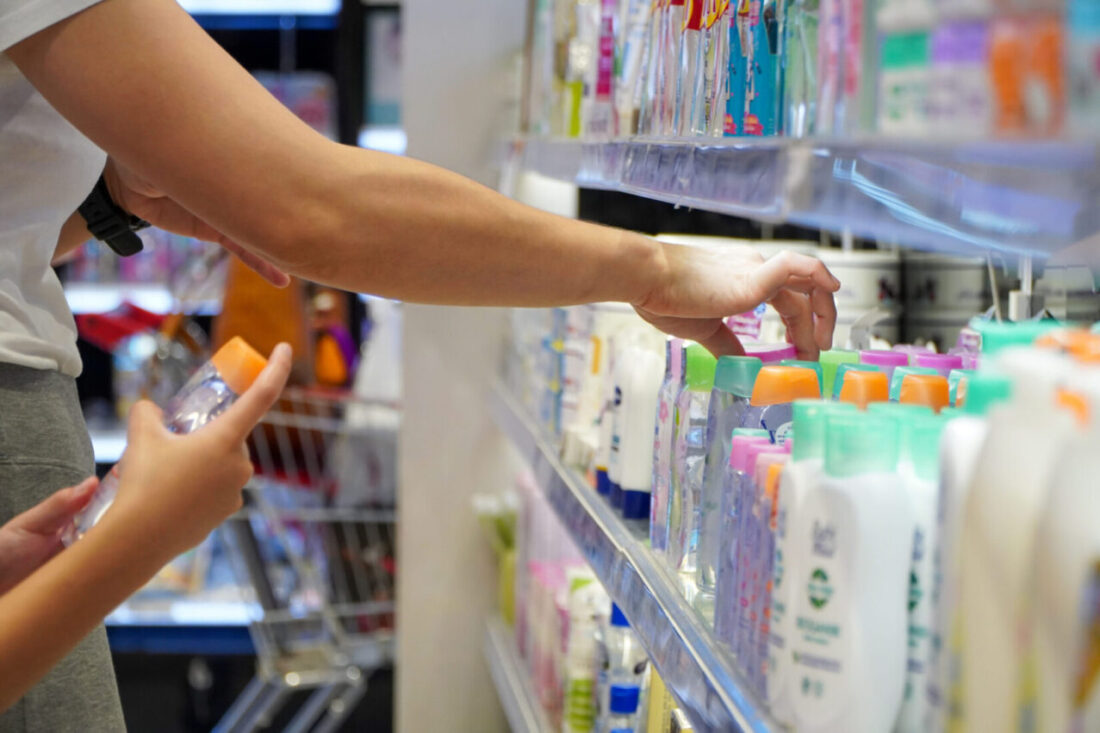Tracking the right Key Performance Indicators (KPIs)/metrics help you gauge your Ecommerce performance and make informed decisions based on your findings to improve your performance. But what is the most important KPI/metric to pay attention to? While there is no single all-important metric for measuring ecommerce performance, there are a few essential ones you should track closely as you monitor your store’s performance.
Here they are:
- Conversion Rate (CVR)
- Average Order Value (AOV)
- Shopping Cart Abandonment Rate
- Repeat Purchase Rate
- Customer Lifetime Value (CLV)
- Customer Acquisition Cost (CAC)
- Top Products Sold
- Bounce Rate
These metrics are not listed in any particular order. The focus of this article is on where to find the numbers, why they are important, what conclusions you can draw from them, and what you can do to improve them.
Where can you find the values for each variable? Google Analytics.
You will need to have or create a Google Analytics Account, ensure you have enabled Ecommerce Tracking in your Google Analytics, and add the Ecommerce tracking code to your Ecommerce store. When it is all set up, you can start tracking your Ecommerce performance. And if you find you have trouble with the setup, we are happy to help.

Conversion Rate (CVR)
Your ConVersion Rate (CVR) is the number of people who made a purchase out of the total number of traffic that came into your website (a.k.a number of sessions). In short, it is the number of sales made from that traffic. For instance, If your EC store gets 1000 sessions and 45 places an order. Using the formula above, this will be 45/1000 = 4.5%. The CVR for typical Ecommerce websites falls between 2% and 3%, but this varies depending on the industry.
If your site is driving massive traffic with little conversions, it could indicate that your site is having conversion issues such as poor website interface, slow page speed, imprecise call-to-action, etc. You will need to take a deep dive into your site, think from a customer perspective and look for optimization opportunities.
On the other hand, if your site is not driving enough traffic, you will need to look for ways to drive more traffic, whether from paid advertisement or organic or both. Contact us if you need help with website optimisation, conversion optimization and online paid advertising.

Average Order Value (AOV)
Your Average Order Value (AOV) is the average amount spent by your customers each time they visit your Ecommerce store. This metric helps you gauge revenue, set long term goals, and budget for marketing. For instance, if your AOV is $50, and your target sale in that month is $10,000, you will know that you need to acquire at least 200 customers. You can consider increasing the AOV in order to accelerate goal achievement. To increase AOV, some common strategies you can implement are: cross-selling, upselling, bundle discounts and coupons.

Shopping Cart Abandonment Rate
Shopping cart abandonment occurs when a customer adds a product to their online shopping cart but fails to complete the checkout process. Monitoring this metric is crucial as it helps identify areas for improvement in your checkout process. Individuals who abandon their shopping carts are typically interested in your products, but certain factors may prevent them from finalizing their purchase at the checkout, such as limited payment options, additional costs, slow website speed, and more.
A higher abandonment rate indicates a greater number of abandoned shopping carts. However, it is commonly observed that the Shopping Cart Abandonment Rate falls within the range of 69.75% to 85.65%. Only when your rate exceeds 95% to 100% should you consider it a cause for concern.

Repeat Purchase Rate
The Repeat Purchase Rate refers to the proportion of customers who have made multiple purchases from your ecommerce store. A higher Repeat Purchase Rate signifies the sustainability and growth potential of your Ecommerce business.
While the rate can vary across industries, the average falls between 20% and 30%. If your rate is below 20%, it may indicate lower customer satisfaction. In such cases, it is essential to assess your customer experience on the Ecommerce store and consider conducting surveys to identify areas for improvement, including post-sale service. Additionally, investing in re-targeting strategies for past customers, such as utilizing paid advertising to target both previous customers and website visitors, can be beneficial. Recognizing the significance of customer retention is crucial, as the cost of retaining existing customers is lower than acquiring new ones.
Conversely, it is important to remain vigilant when the returning customer rate exceeds 50%, as this may suggest fewer new customer acquisitions, potentially impacting your business in the long run.
Conversely, it is important to remain vigilant when the returning customer rate exceeds 50%, as this may suggest fewer new customer acquisitions, potentially impacting your business in the long run.










